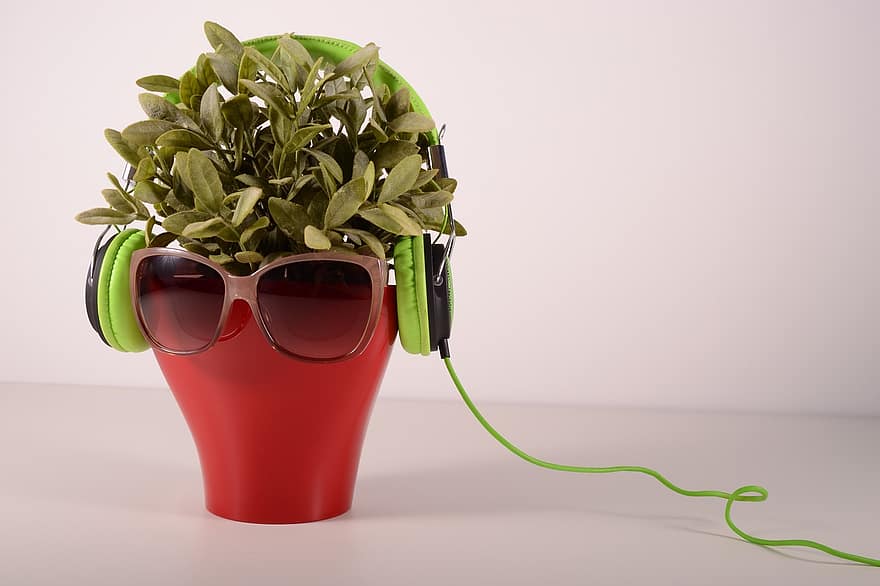There are three solutions on how to keep indoor hanging plants from dripping. Watering correctly and using double pots should do the trick and keep your surface clean and safe. But just because indoor hanging plants can potentially leak doesn’t mean you have to rob yourself of their many advantages.
It would be best if you weren’t afraid of growing hanging plants because dripping is highly unlikely with proper management. We can all agree that their benefits, such as reducing physiological and psychological stress, improving the indoor air quality, and improving your space’s overall look, make indoor hanging plants a must for all home and greenhouses alike.

Solutions On How To Keep Indoor Hanging Plants From Dripping
Water correctly
The first and perhaps the most common mistake and cause of dripping in indoor hanging plants are improper watering or overwatering. A task so simple, yet if done more than the requirement, will create a mess and even affect your indoor plants’ health. The University of Vermont emphasizes how the soil you’ve used and its location will affect watering.
For example, hanging plants tend to dry out faster than pots at lower elevations, and the winter season can require less watering. If your air quality is dry, you can expect that you will need to water more often to keep the soil moist. However, do not make the mistake of not checking the ground first.
It would be best to stick your finger an inch deep in the potting soil and only water when no dirt sticks to your finger. You can also check for dehydrated soil signs such as shrinkage, leading to a gap between the ground and the pot. Lastly, don’t forget that every plant has specific moisture needs, so use a moisture meter and adjust accordingly.
After knowing the water requirements and the other factors previously discussed, the next step is the timing and how to water the plants. You want to water in the morning to allow your plants to dry before the temperature starts cooling. And as for the watering method, you have the option of top or bottom watering.
Top watering
Generally, you can use either top or bottom watering methods for indoor hanging plants. The choice between the two will depend on which you think will be more convenient for your circumstances. Watering from the top is as is, except you’re placing a saucer or bowl underneath the hanging plant.
This container should receive the excess water from the pot, which in turn, prevents spillage. Top watering is the simplest method to avoid dripping from hanging plants because, unlike the second method, you don’t need to bring the plants down or wait for them to dry before rehanging. However, be patient and give small amounts of water at a time, so you don’t overfill your pots.
If excess water comes out, bring down your plants, and tilt the saucer to remove it. Remember that leaving plants in standing water can cause diseases.
Bottom watering
As for the bottom weathering method, you’ll remove the pot from hanging and let the drainage holes on the pot absorb the moisture from a tub or sink filled with a few inches of water. Once you’re satisfied with the color and moisture of the soil, you can drain the sink. Remember to let your plants sit for half an hour first before hanging them back.
Gardeners recommend this technique if you suspect that there are leftover salts in the soil from fertilizer. Additionally, bottom watering is best during the summer season outdoors, but you can also use an indoor bathtub if it’s cold. You can even collect rainwater in tubs for use later on with this method.
Use double pots
The last method for keeping indoor hanging plants from dripping is using double pots. This way, you can easily switch the hanging pots quickly. The double potting method involves using an inner and outer pot with the disadvantage that the hanging pot gets heavier.
The outer pot is your decorative pot because it has no drainage holes, but you’ll line its bottom with three inches of pebbles. On the other hand, the inner pot will be the one with drainage holes. This way, if the plant has excess water, it will drain down towards the pebbles and prevent the plant from staying in the water.
The double potting method will add weight to your hanging pots, so you want to secure the way you’ll hang your plants. However, it offers the advantage of not just preventing dripping and overwatering, but it also improves the humidity on your plants.
Conclusion
Whether you’re growing indoors, in the garden, or greenhouse, having plants offer many functional and aesthetic benefits. But if you have them hanging, you need to know how to keep indoor hanging plants from dripping to maintain cleanliness and safety. The good news is that proper watering and using double pots should help you solve this problem quickly.
In addition to the watering method, remember that other environmental factors also play a role in your plants’ moisture requirements. This is where using a greenhouse can be beneficial as you can maintain the temperature, humidity, and light at optimum levels for your plants comfortably.
